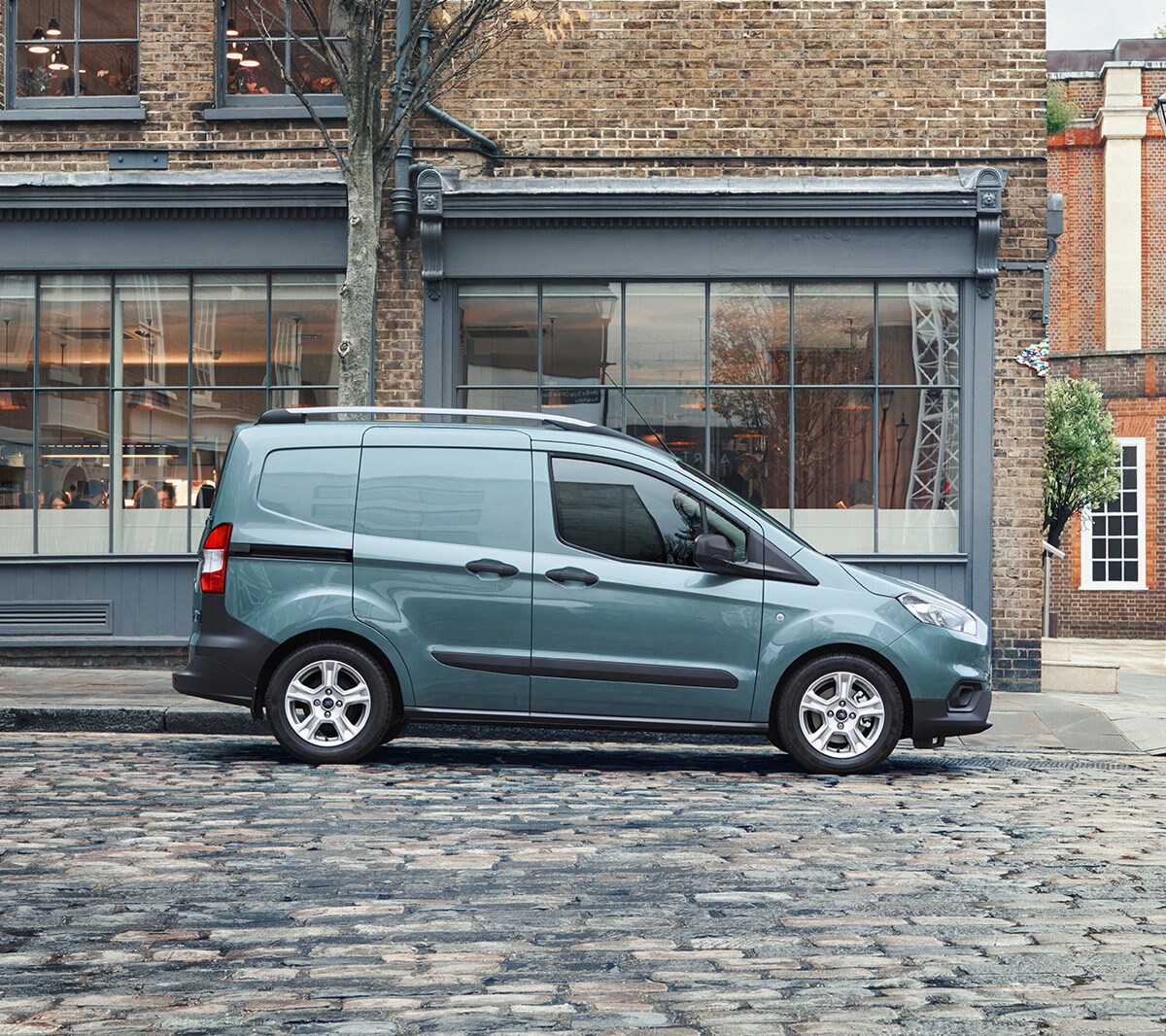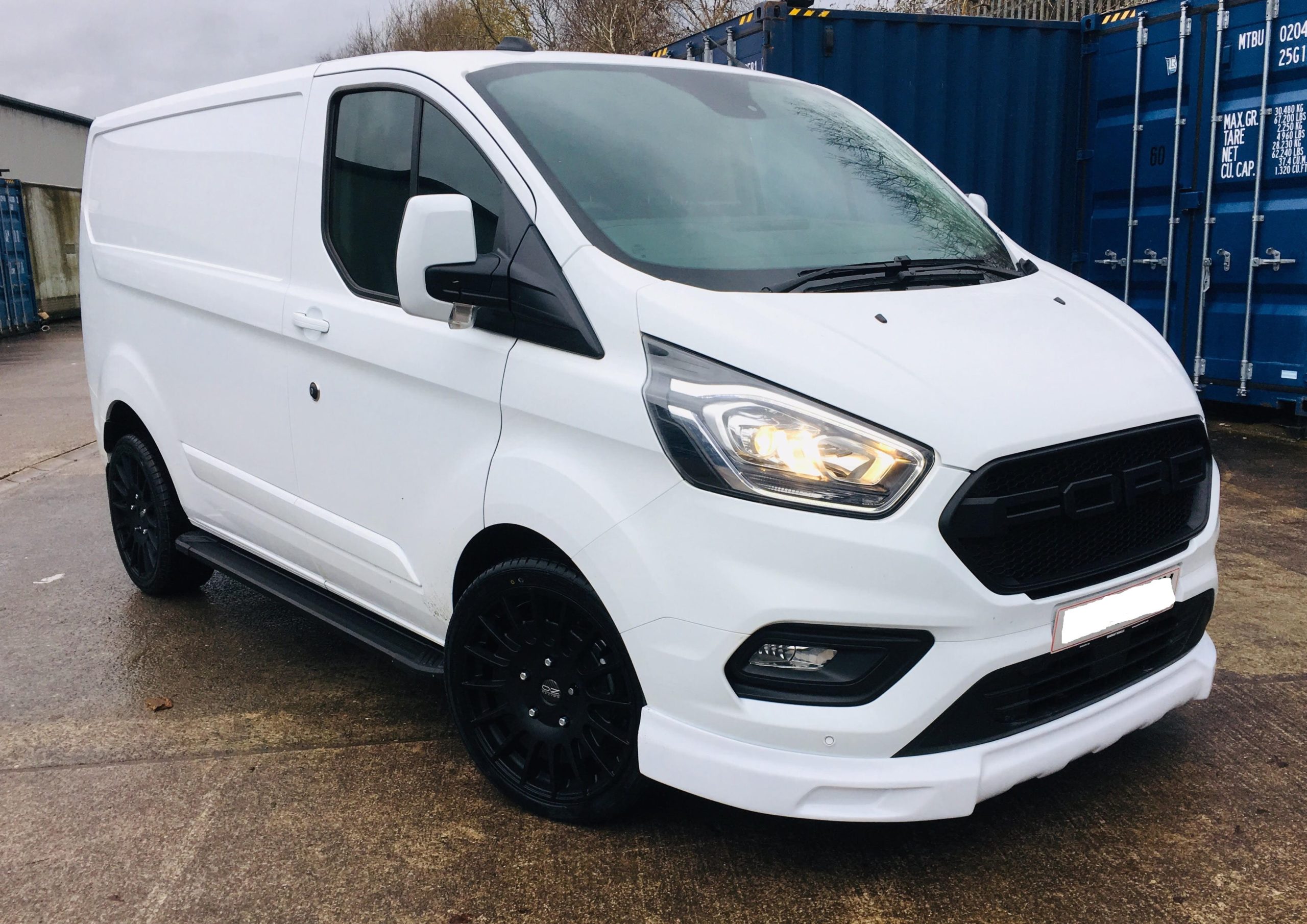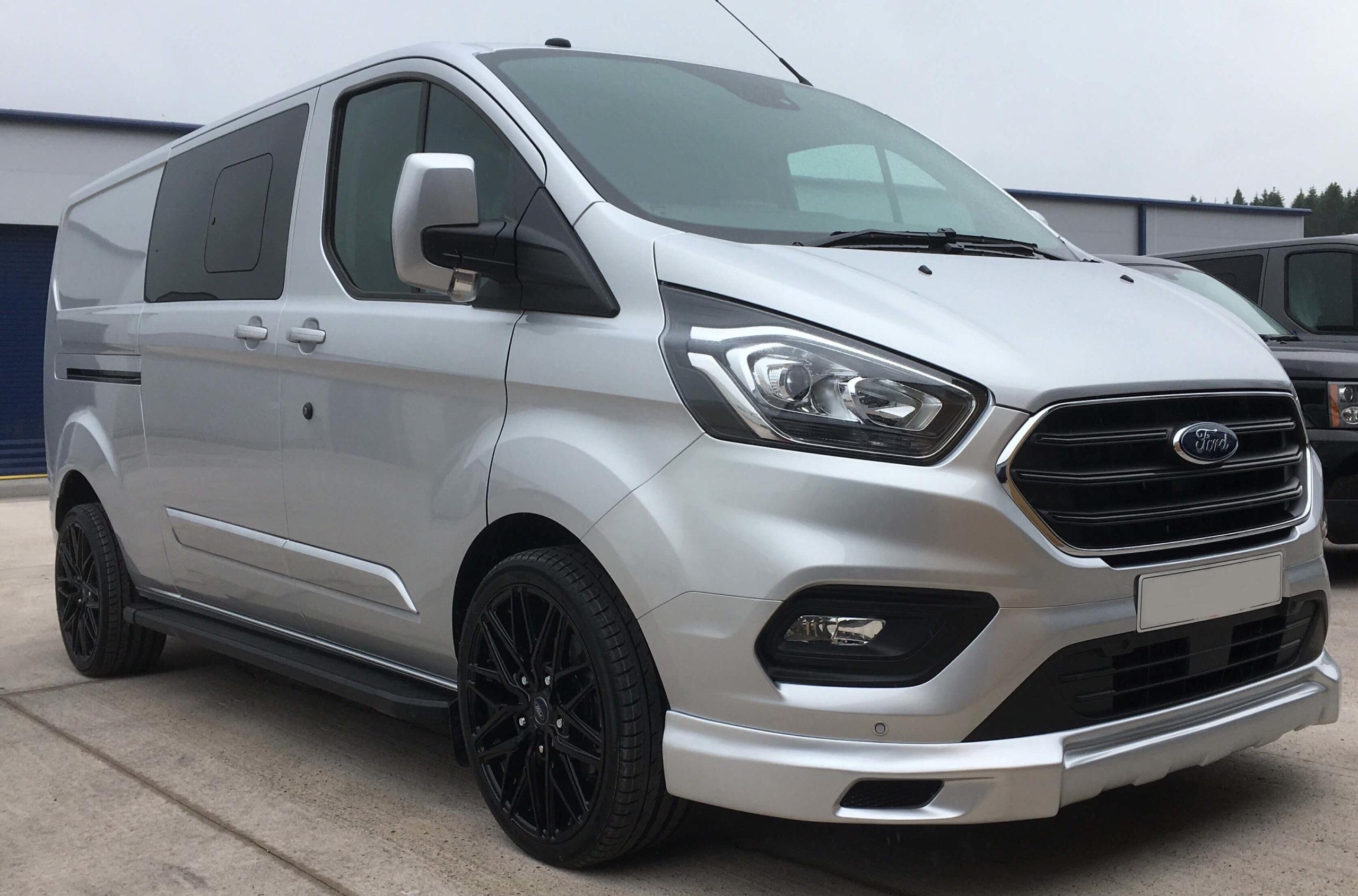A small van might just be the most useful vehicle around – but you might not know which van is the right one for you. The proper work van will be a staple of your business and be cost-effective too.
How to find the perfect small van?
Finding the perfect used white van for you once you have answered a few short questions.
What is the small van for?
If you are launching a business and need to travel, a small van is typically the best option. The rear is spacious enough to make deliveries or pick up. Equally adding a new small van to your already flourishing company is smart business.
How many seats do you need in your small van?
When purchasing a used van, consider how many people will need to be in the cab at a time.
If your business involves a range of team members, or you will use the van for family transportation, those things need to be factored in.
Comfort is an essential consideration for the main driver too. A little extra trim can make sure your drivers are more comfortable.
Van payloads
Factor in your daily business or travel requirements to calculate while a small van suits your needs better.
For example, if you own a plumbing, electrician, or similar business, the van needs to fit in all tools. Likewise, if you are a parcel delivery driver, you should calculate how much space you need to maximise your capacity.
A payload is what your small van can carry safely, as determined by the manufacturer.
Most small vans can carry between 500-1000kg safely. However, this will vary from model to model. If you overload your van, you can cause damage to it or incur a fine.
Note: remember, when calculating your payload, you need to account for what you typically have in the van in terms of tools and the additional load.
Loadspace
When you calculate the payload, you should have a rough idea of how much load space you need.
The loadspace and payload should be the deciding factors in the purchase. The loadspace is usually provided in square meters or litres.
An extra consideration for the purchase of a small van is how you need to access the cargo. Do you require space for a fork-lift truck to access palettes? Or a side panel.
Access to the van through a sliding side door is usually the best option for those who work in towns and cities. It limits the room taken up by the small van.
How far and often will your small van travel?
What you demand from your van in terms of travel will significantly impact the small van type that you purchase.
Motorways have a different impact on small vans than more urban areas.
When considering the distance of travel, take into consideration if the van will be at full capacity.
If you are currently deciding between a larger van and a small van, consider how often your van would be at capacity.
Smaller used vans are more cost-effective in terms of petrol, insurance and general maintenance.
You may also consider if you will be expanding your business in the next year.
The vans wheelbase
If you are reading the specs on a van, you will notice the wheelbase. There are three options of wheelbase – short, medium and long wheelbase. A wheelbase is calculated using the distance between the rear and front axis.
The wheelbase length will determine how much storage capacity is available and how easy the van can manoeuvre.
Special consideration to this point if you require the use of hoists, tail lifts or grabs. Wheelbases aren’t always standard, so look for an accurate measurement.
Cabin comfort
Van cabins used to be pretty sparse when it came to comfort. However, most small vans now come with a range of comfort items. Look out for heated seats, built-in satnav, middle consoles, airco, cruise control, and Bluetooth connectivity.
Height
Smaller vans are designed to be more compact, but you still need to be mindful of the height. Fuel efficiency for your small van will require you to buy the most compact van possible for the job you need to do.
Factor in if there are any limitations you encounter that will impact the height of the small van that you can buy.
Wheels and Tyres
Work van tyres and wheels tend to be a lot more useful than the average family car. There isn’t usually a manufacturer’s specification for tyres and wheels.
However, it’s a great idea to opt for alloy wheels to keep the wheels on your van looking great.
Choosing the right style of a small van
Once you have a defined idea of what you need from your small van, you can begin to research the range of small vans available.
Crew Vans
Crew vans are perfect for workmates that need to travel together. They come with an extra row of seating behind the driver and passenger.
Small or light vans
Smaller vans work brilliantly for those with lighter cargo loads and who typically work in an urban area. Small and light vans are usually ideal for smaller businesses with lighter cargo. Florists, plumbers and electricians can often use a small or lightweight van best.
Panel vans
Panel vans are one of the most popular small vans on the road. They give the ideal balance of load-carrying ability and ease of driving.
Compact Vans or Car-Derived Vans
The platform of a car is used, and the van is built onto it. The rear seats are often removed, allowing for loadspace.
If there are no heavy tools involved, these types of small vans work well.
You can also find a range of specialist van vehicles like curtain-side vans, tippers, refrigerated vans, drop-side vans and Luton vans.
Small vans are one of the most popular commercial vehicles on the road.
They work for a wide range of commercial enterprises like florists, handymen, ‘man with a van’ businesses, and parcel delivery service people.


 Short Wheel Base Van
Short Wheel Base Van